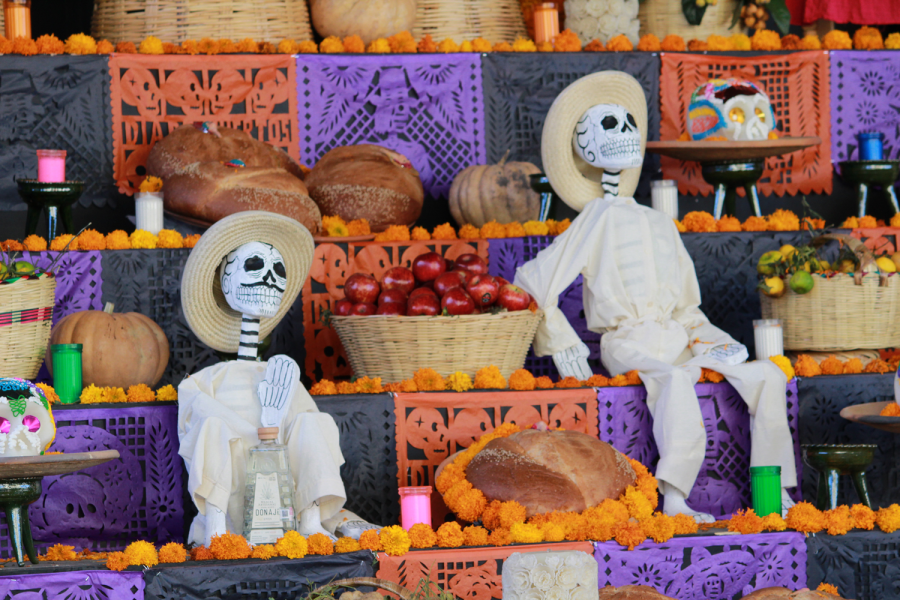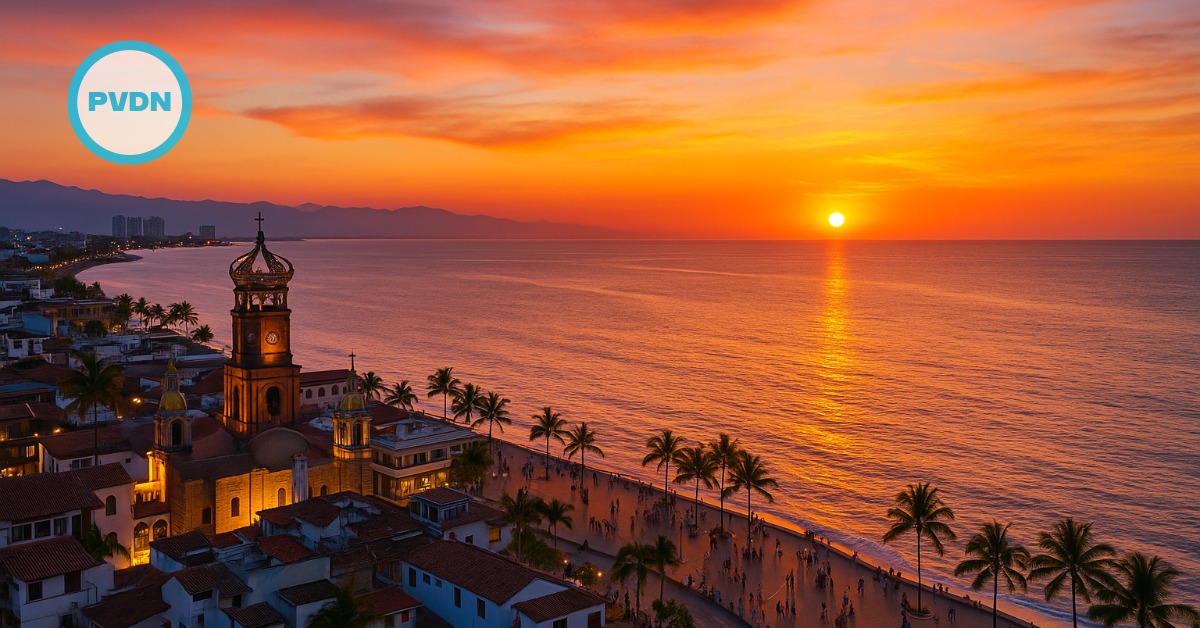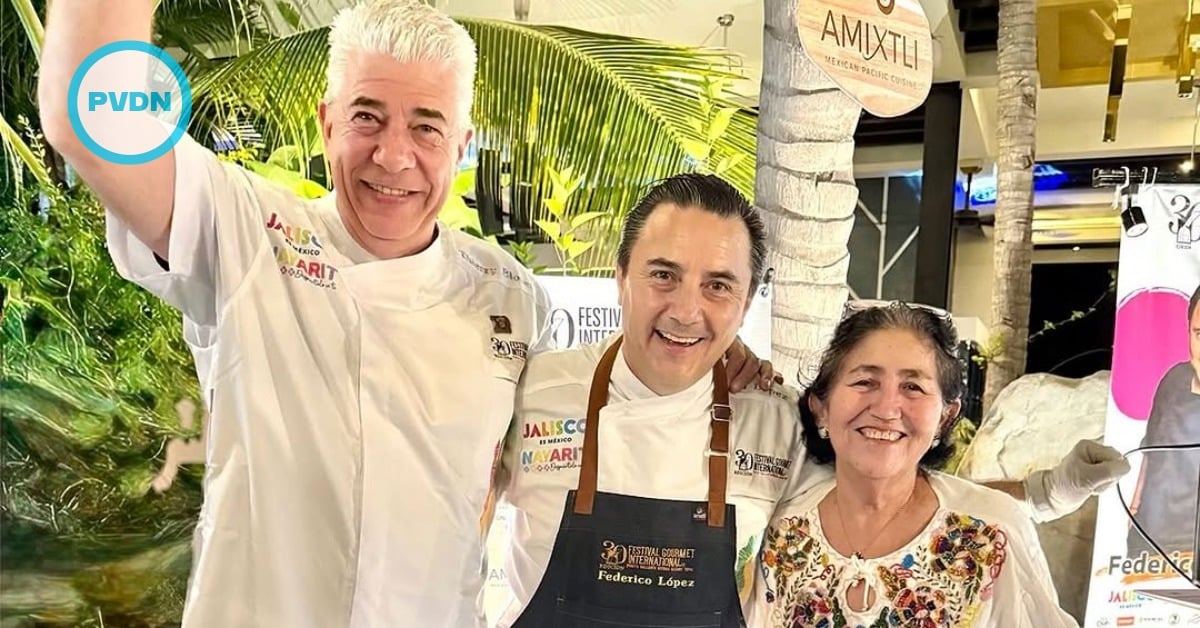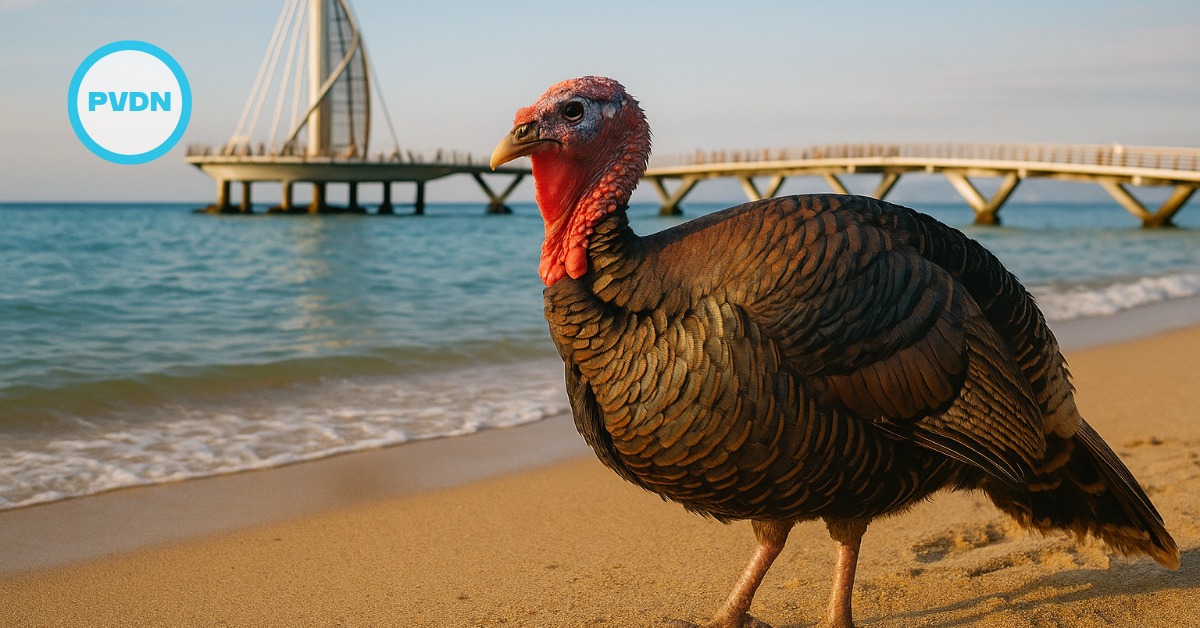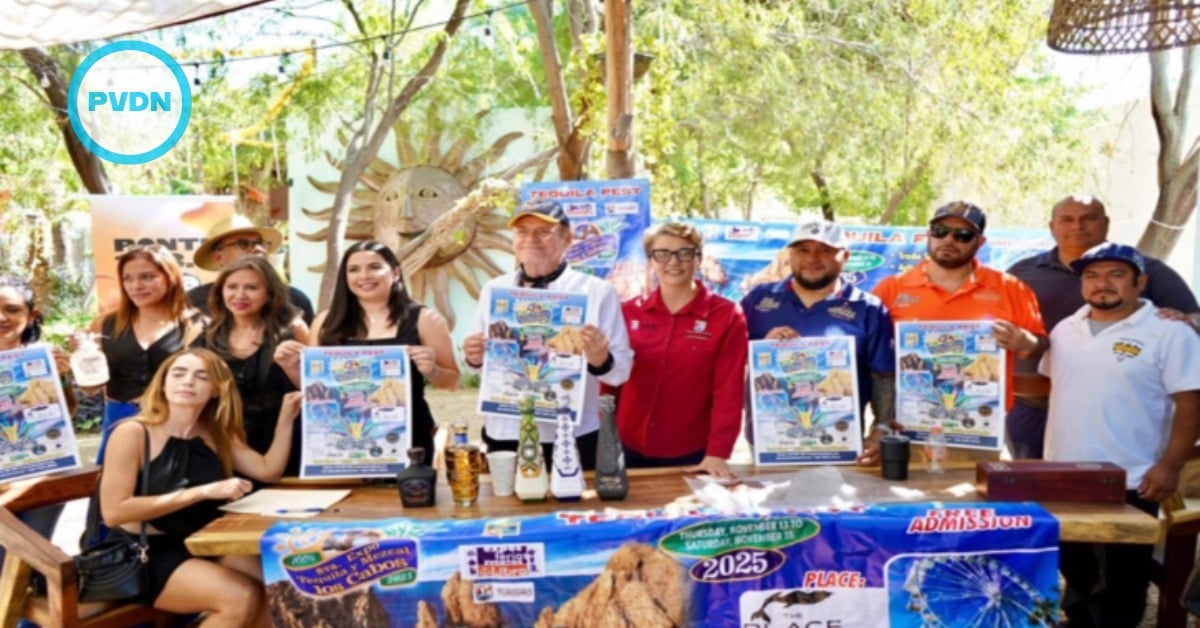In Mexico, each town, each region, has its own traditions, its own uses, and customs. But if there is a tradition that we find in each of them, it is without a doubt, the celebration of the Day of the Dead. It is the time that each family prepares to receive the souls of the loved ones who have abandoned this life.
But to speak of the Day of the Dead, is not only to speak of November 2, the date that the Catholic Church has marked as the Day of the Faithful Dead. Speaking of the . . .


